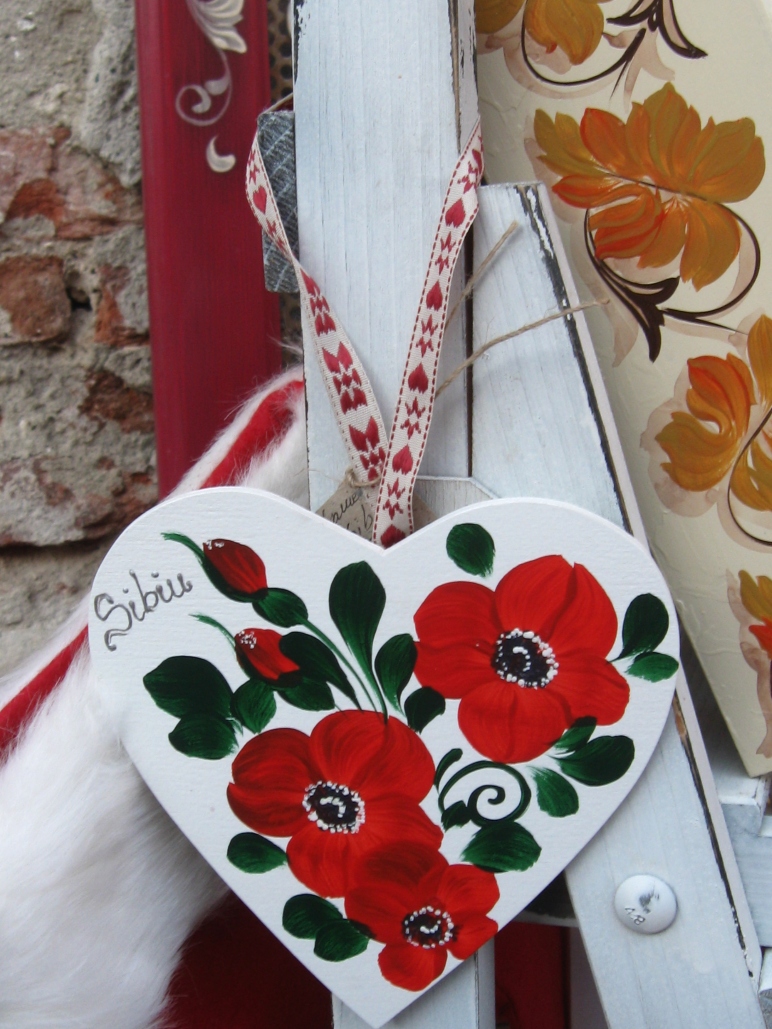The former capital of Culture of Europe in 2007, Sibiu, which happens to be the first city in South- Eastern Europe to receive this award , continues to be a splendid destination. If you want to visit a great destination, you should know, that due to its Christmas market the city gets a brand new wintery look.




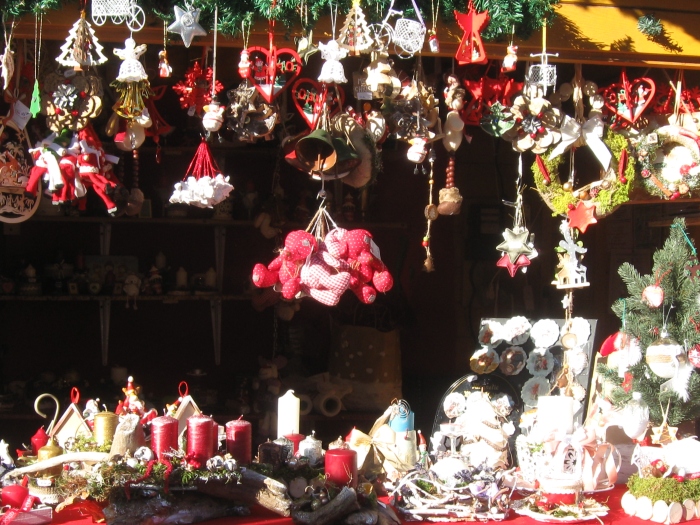
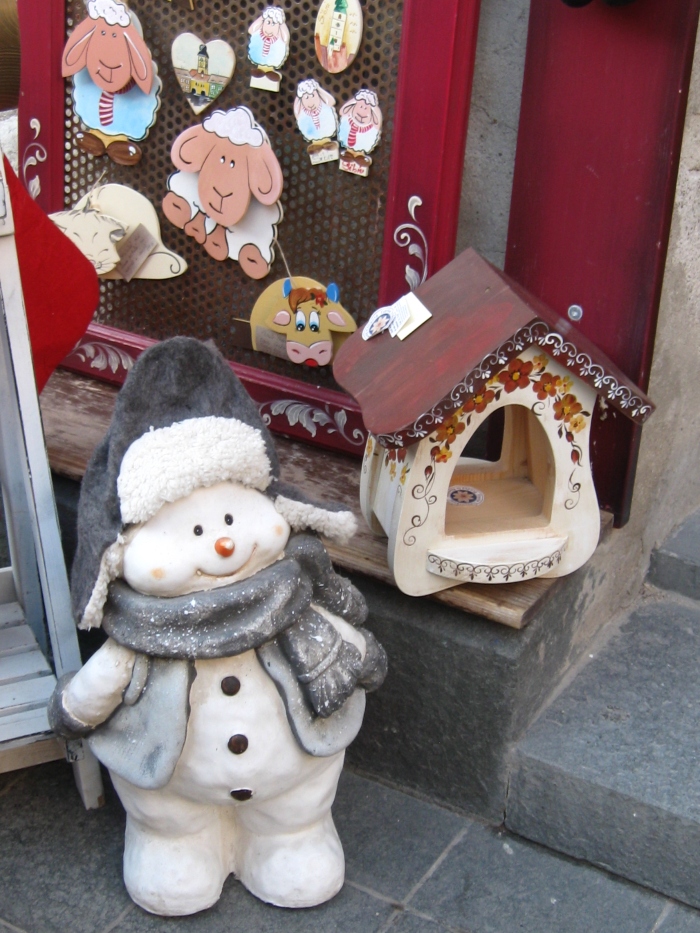

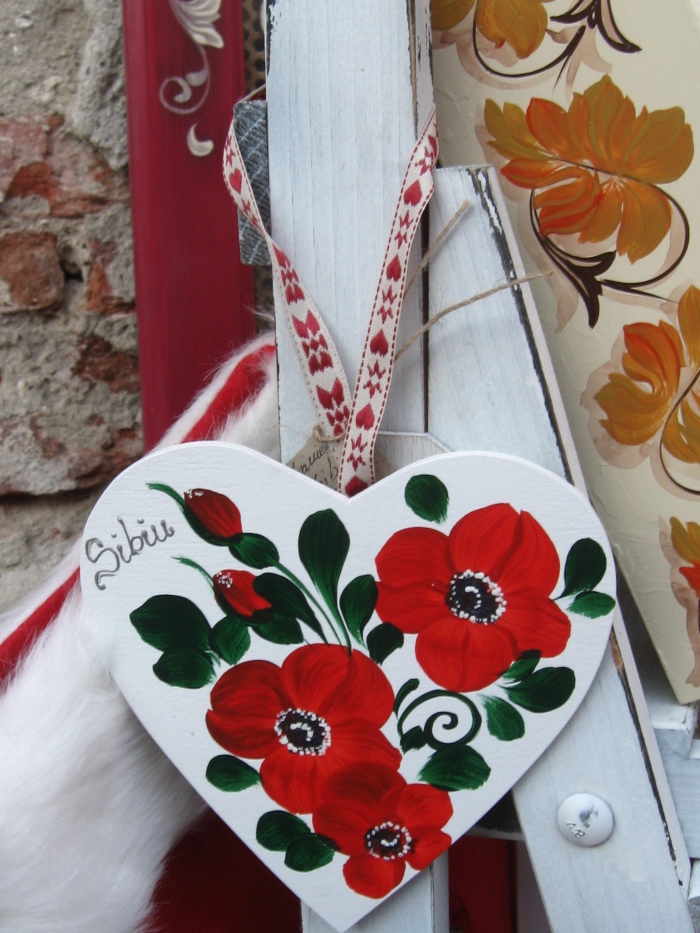


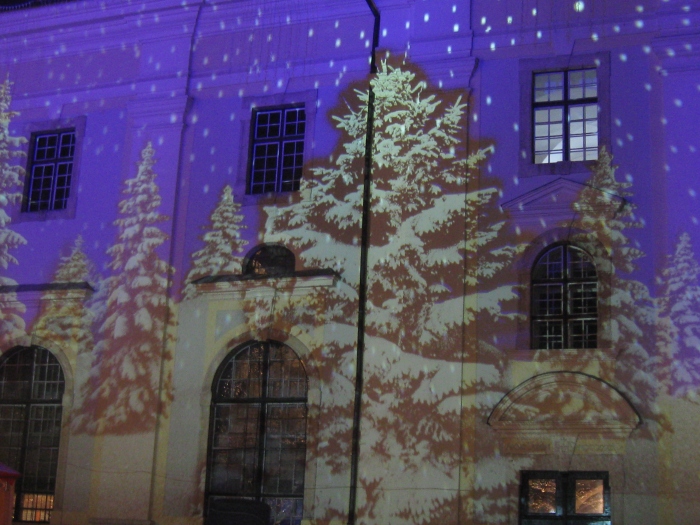

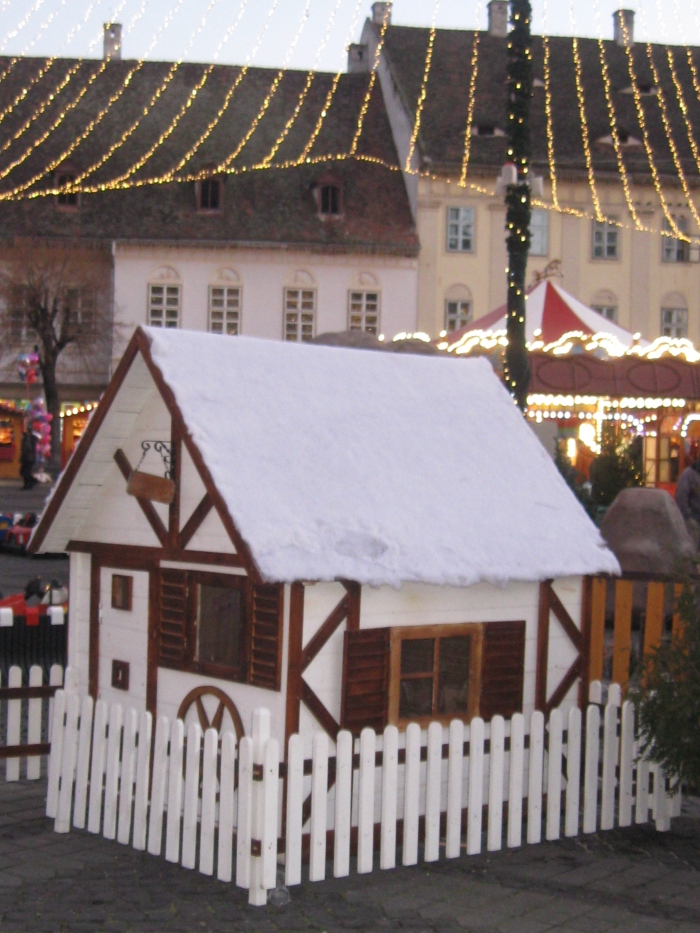


The city was first mentioned in the year 1191, under the name of Cibinum. From 1366 to 1919 , it was callled Hermannstadt and since 1919 it is officially called, Sibiu.
It is positioned in Cibin Depression and is surrounded by Fagaras, Cibin and Lotului Mountains.
In the middle of the 12th century was occupied by the Saxon colonists, being one of the most important cities in Transylvania. The city was the home of the first hospital, library, school,paper mill, bookstore, theatre building , open air cinema, beer factory ,Zoo garden tool factory , hydropower plant, mental illness hospital of Romania.
The first Zoo dates back to 1929 and it is situated in Dumbrava Forest.
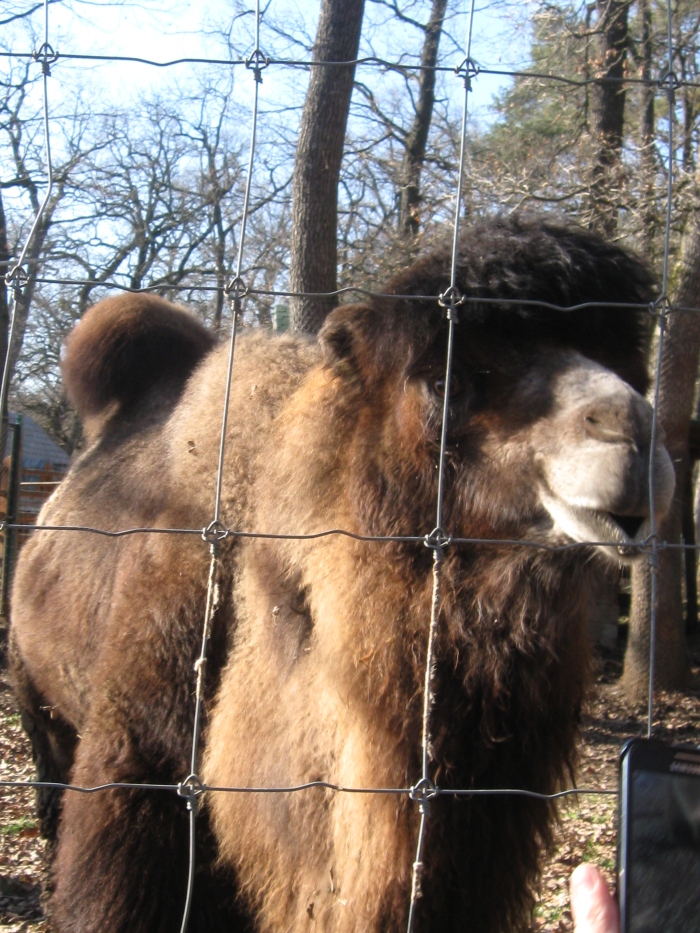




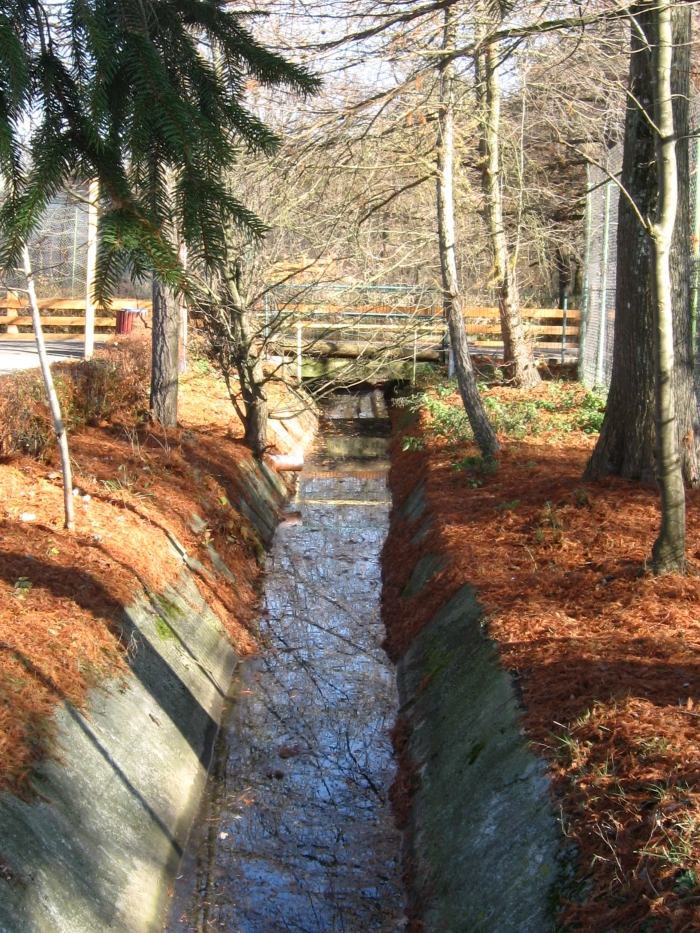

The Old Town, a medieval area, mostly built by German settlers and merchants in the Middle Ages is divided into the upper and the lower town. In the 14th century the city was a trade center with 19 guilds of craftsmen.





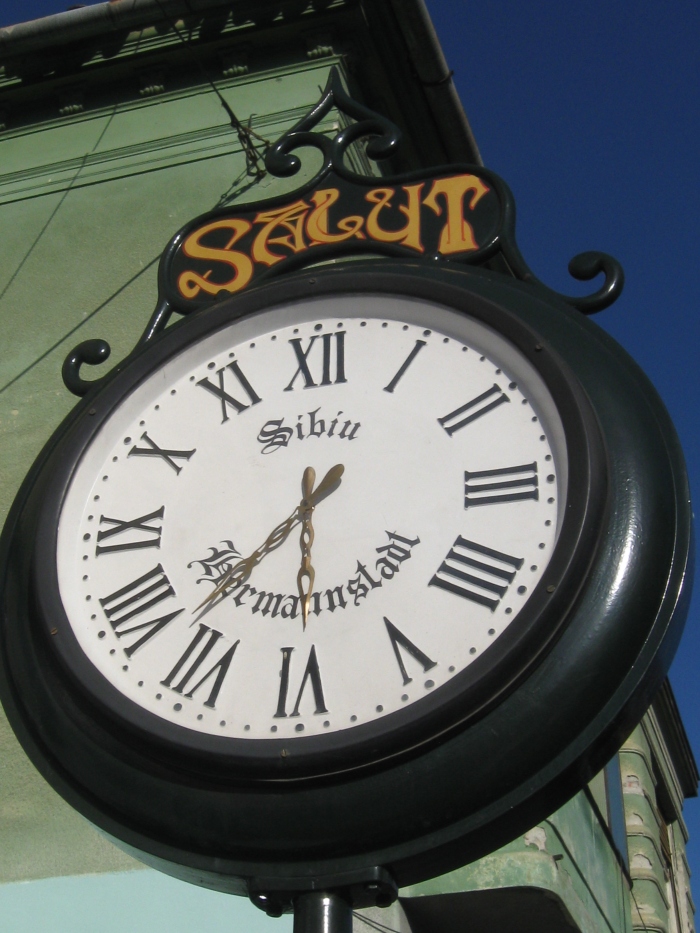
The Bridges of Lies built in 1859 is an important touristic and known meeting place. The are is made of steep stairways that lead from the upper to the lower town.
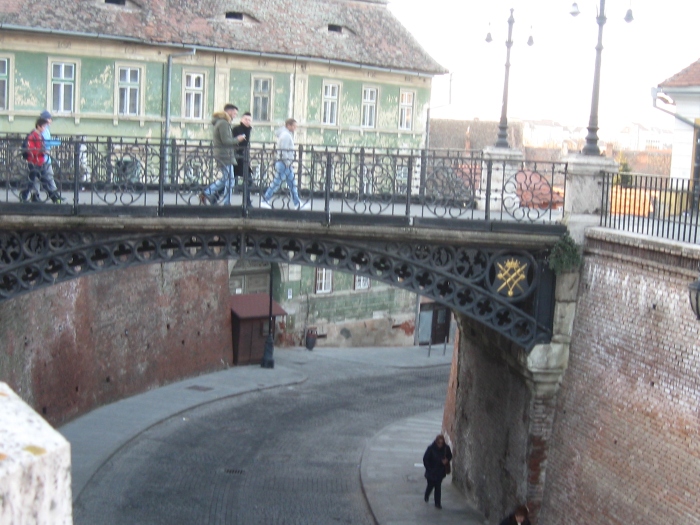
The Stairs passage was built in the 13th century.
The city houses many churches belonging to different religions. In the Huet Square we can find the Evangelic Church, with 5 pointed towers and an organ of 6000 pipes ( the largest in Romania). The church was built in 1520 and its inside is a monumental simplicity.




There is also a Roman Catholic, an Orthodox, a reformed and a Greek Catholic church, as well as a Synagogue, each of them with its unique and unbelievable history.
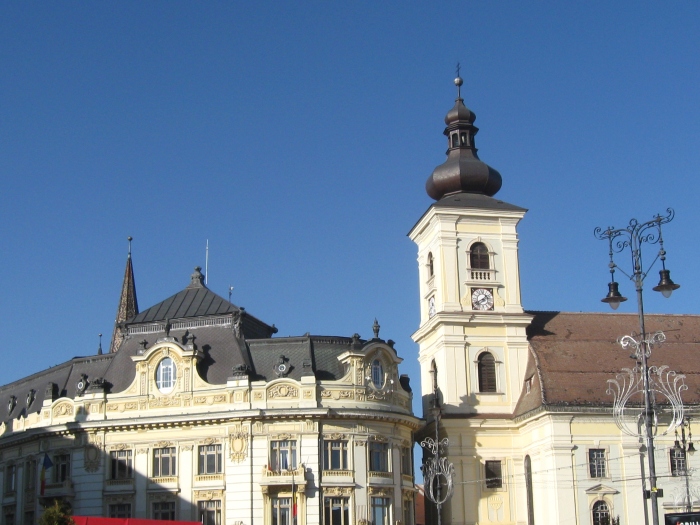
The city is a culturally lively spot with 3 theatres, a philarmonic orchestra and a lot of cultural, musical or film events.
Bruckenthal National Museum is a Baroque building, built between 1777-1787 contians an old books library as well as Art Galleries.
The Council Tower, built in the 13th century offers a panaromic view of the city. It used to be a grain house , a fire watchtower, a temporary prison and a museum of botany.

